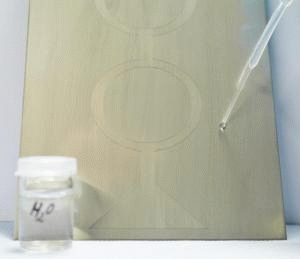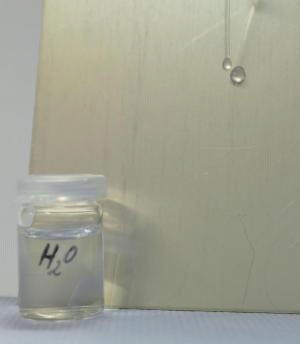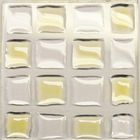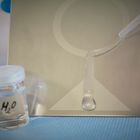Hydrophobization
Hydrophobization is the modification of surfaces, interfaces and materials in such a way that these are less well wetted by water.
The applications are manifold:
For example, by hydrophobizing brickwork, the penetration of water driven by capillary forces can be largely prevented, thus reducing damage and maintaining thermal insulation.
In general, hydrophobization of porous materials greatly reduces their water absorption and water transport capacity.
By keeping water away, (micro-)biological activities and various corrosion processes tend to be slowed down.
In bonding technology the hydrolysis and climatic resistance of the composites can be significantly improved by hydrophobic construction of the glue line – for example, using adhesive agents containing hydrophobic groups.
Fillers or reinforcing agents for composite materials are hydrophobicized in order to achieve better wetting and bonding to the – hydrophobic – resin.
In sensor technology, the (often unwanted) formation of adsorbate water films can be reduced by hydrophobizing surfaces.
On an atomic level, hydrophobization means the addition or inclusion of non-polar groups, which only slightly interact with the polar water. Common hydrophobizing agents are oils, waxes or reactive components with more or less extended hydrocarbon residues. The fluorocarbon compounds, used for oleophobization, also produce a very hydrophobic character.
By means of certain topographical structures or the use of polymer brushes, striking effects can be achieved, such as water droplets rolling or sliding off the surface when the incline of the substrate is low.
We are pleased to support you in the selection, formulation and use of hydrophobic agents for your application and are available for questions and comments.

Dr. Joerg Leuthaeusser
Head of Department
Primer and Chemical Surface Treatment
e-mail
Phone: +49 3641 2825 48








